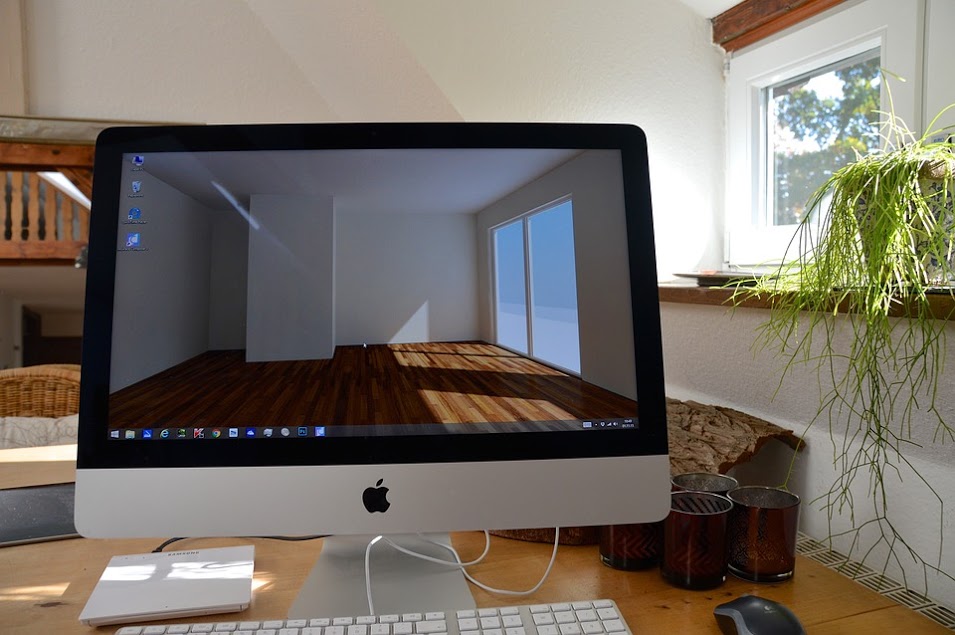Confidence, conciseness and ease are foreign feelings when it comes to interior design. Migraines over matching décor will be a thing of the past as Planner 5D is set to launch Artificial Intelligence (AI) within its interior design apps.
Words: Kalli Zerveas
With over 100,000 users daily, the free cross-platform application can be accessed through browsers, Android and iOS. Offering cusomisation to furniture including the ability to change textures, colours and size. Also including a Virtual Reality tool and valuable creative suggestions for home design, Planner 5D is beginning its AI take-over into the potentially billion dollar industry.

A new report from Tractica reveals AI software application is set to grow from $1.4 billion in 2016 to $60 billion by 2025. Over a $58 billion dollar growth in under ten years, AI is already burgeoning in various professions. Most people recognise the technology through its dominance in chess in past years, and more recently in poker. This is often with the conclusion that an artificial mind can often be more powerful, precise and creative than that of a human.
“Currently, only professional designers know design rules and techniques. Our vision is to empower everyone to become interior designers with an app that combines AI with virtual reality” says Alexey Sheremetyev, co-founder of Planner 5D.
Expanding the realm of traditional AI challenges, an entirely new way of creating products has been introduced by Planner 5D. Producing the famous Elbo chair combines aerospace engineering software with artisanal craftsmanship tool.
Algorithms are currently being created by the progressive company, training on over 40 million real user projects. These projects offer AI to discover, learn and explore thinking processes behind home design. For example, the right place for a bed, lights, furniture, and so on, these processes enhanced and optimised by the revolutionary technology.
In turn, Planner 5D is expanding its interior design thinking. Exploring design rules, technical requirements, colour matching and style. The company shares tips on general design rules AI is developing. As an example, a TV should not be placed in front of a window due to reflection, a bed should stand side-ways to a window and a couch should be placed parallel to a TV or fireplace in a living room. This expands to technical requirements, with AI differentiating average sqm per person, the lighting, width of doors and the height of ceilings. As a user indicates their preferred style, the number of people in their household and the location of their house, an optimal home design result will be presented.

AI will catapult users into 21st century interior design. A users style and interests anticipated and easily accessed through a DIY virtual reality goggles or an in-app 3D projection. The machine learning algorithm looks for patterns, an Italian-style furniture lover will be suggests the perfect paint colour to match, everything shown in real-life virtual reality technology.


